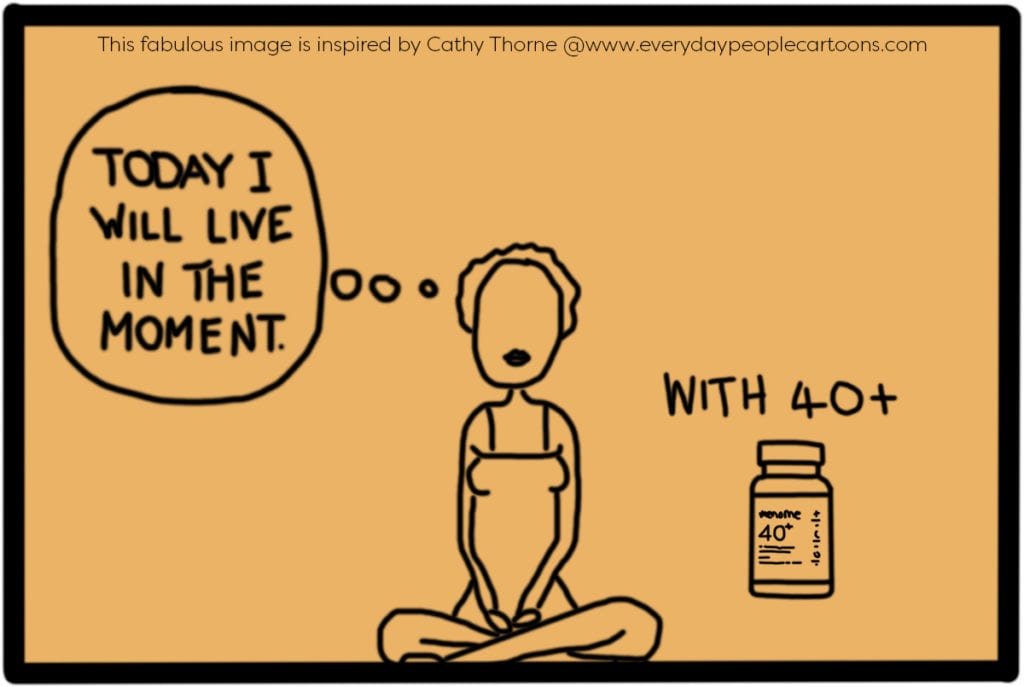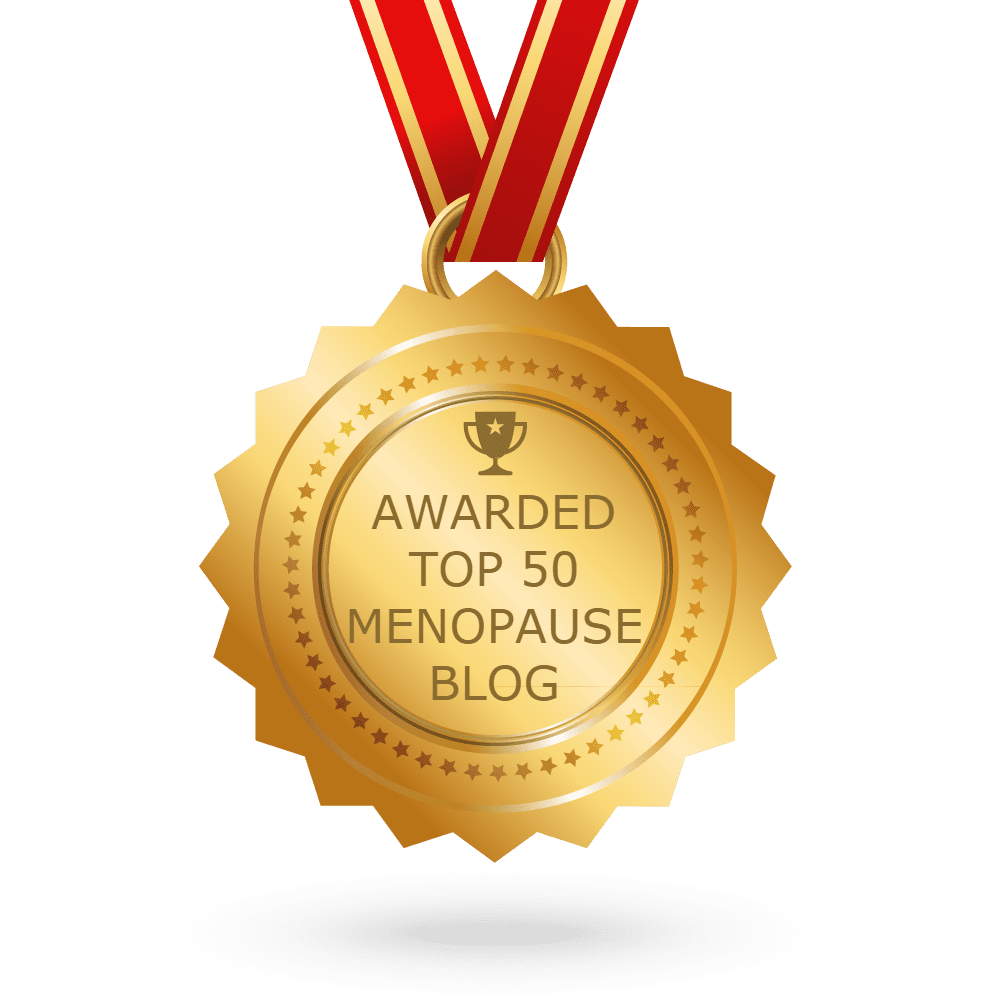Irritability and Feelings of Dread
Symptoms in Detail
Often located in the pit of the stomach...
...we can feel dread or apprehension for no apparent reason during menopause.

Why does this happen?
Our progesterone levels decline markedly around 35 years of age, some time before we head into perimenopause. Then as we move into the menopausal transition our ovarian production of estrogen also begins to drop.
While progesterone is a natural relaxant and a calming hormone (often called Nature’s Valium), estrogen works with the brain and the central nervous system and regulates the stress hormone cortisol.
Lower levels of estrogen lead to higher cortisol levels.
It creates a perfect storm for anxiety which can also pave the way for a feeling of dread or doom as high levels of cortisol trigger the amygdala which is the fear centre of the brain and fluctuating hormones can affect the neurotransmitters of the brain.
What can you do to help ease this symptom?
Try to minimise stress as much as possible in your life (a tall order we know!). Take 40+ or 55+ to help keep your estrogen in balance. Mindfulness and meditation have been shown to be helpful during peri/menopause too.

Science Says: Mindfulness Aids Menopausal Signs
Mindfulness. Have you noticed it’s a bit of a buzzword at the moment, right up there with meditation and ommmm-ing? While I have to confess to being a bit of a holistic, spiritual dabbler, I actually had to look up the definition of mindfulness to really understand it. The funny thing is, it’s so simple.

5 Things You Can Do If A Panic Attack Strikes
A panic attack. If you’ve never had one count yourself lucky, but bear in mind that no one is immune. We’ve been travelling through a pandemic so if you were ever going to have a panic attack or suffer from ‘anxiety’ the time is now! And it’s doubly challenging if you’re going through perimenopause /
Know the 34 symptoms of menopause
Here are all of the documented symptoms of menopause you need to look out for:
Physical Symptoms
- Incontinence
- Changes in Body Odour
- Bouts of Rapid Heart Beat
- Breast Pain
- Headaches
- Joint Pain
- Itchy Skin
- Burning Mouth Syndrome
- Electric Shock Sensation
- Digestive Problems
- Gum Problems
- Increased Tension in Muscles
- Formication - Crawly Skin
- Paresthesia - Numbness in Hands and Feet
- Osteoporosis - After Several Years






